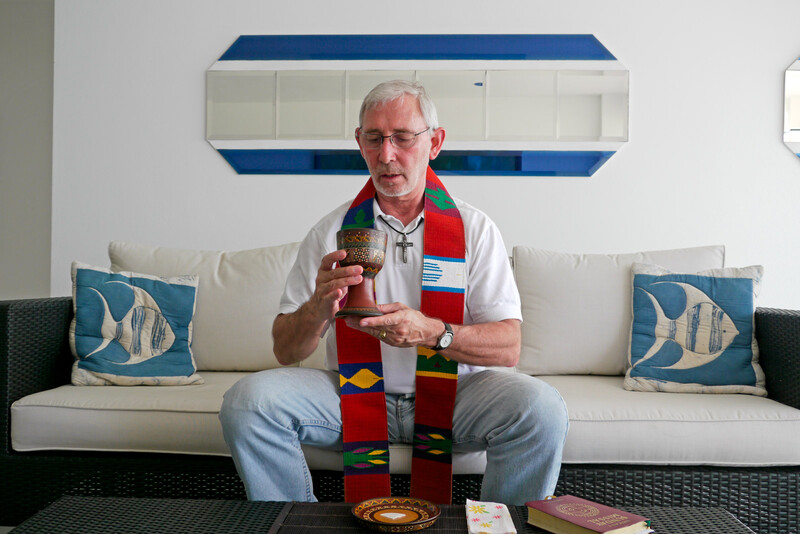“The day I walked into that building changed my life.”
An audience of 20 or so architecture lovers was gathered in a Morningside Heights restaurant on a fall evening, listening to Andrew Dolkart ’77GSAPP, a professor of historic preservation and the director of Columbia’s historic-preservation program, explain how he became a champion of the apartment house.
First came a phone call, in 1988: A woman named Ruth Abram was starting a nonprofit to tell the stories of 19th-century immigrant families through the homes they inhabited. She had leased one of the surviving tenements on the Lower East Side but knew little about it. Could Dolkart write its history?
In truth, Dolkart had no real interest in the tenement. For him, New York’s greatness sprang from the Beaux-Arts majesty of McKim, Mead, and White’s mansions (and their Columbia campus) and Carrère and Hastings’s New York Public Library. But as a freelance historian he needed the work, so he went down to the address on Orchard Street.
What he found there surprised him. Usually when he visited a building, he noticed architectural details and the flow of spaces provided by trained architects and craftsmen. But now, as he entered the five-story brick walk-up and stood inside a dim, narrow room, what struck him was how easily he could imagine what it had been like to live there 100 years ago.
“It was a place that was so redolent of the thousands of people who had moved through the building,” he told the group, “that it captured what for me is so important about architecture: It tells us about people’s lives.”
This experience led Dolkart to focus his career on vernacular architecture, a specialty that has more recently led him to investigate another, related species: the five- and six-story apartment building. Hundreds were built in the 1920s and 1930s to house working people who could finally afford to leave the tenements. Today they define vast swaths of the city, especially in northern Manhattan, Brooklyn, and the Bronx. These are the buildings New Yorkers walk past every day — brick and stone, often bearing evocative European-flavored names like Waverly, Bedfordshire, Launcelot, Juliette, Ulysses. They line the Grand Concourse and rub shoulders with Upper West Side row houses.
“They are,” said Dolkart, “the most ignored building type in all of New York.”
Largely written out of the city’s architectural history, and gerrymandered out of its historic districts, these early apartments have become Dolkart’s latest preservationist passion. The buildings, Dolkart explained, were, like the tenements, largely designed and constructed by immigrants who began at the bottom of the architectural market, fabricating inexpensive working-class housing. Dolkart’s research suggests that a handful of building plans were constantly reused, with ornament selected from a set inventory.
The architects’ training varied considerably: Emery Roth, for example, attended Columbia, while Simon Schwartz and Arthur Gross, who designed 25 buildings on West End Avenue and scores elsewhere, met at the Hebrew Technical Institute.
“Rather than the city of McKim, Mead, and White,” Dolkart said, “we are the city of Schwartz and Gross.”
That’s an idea that New Yorkers will become more acquainted with. Just days before Dolkart’s October talk, the New York City Landmarks Preservation Commission announced that it hoped to create a massive historic district encompassing most buildings from 70th to 107th Street, Riverside Drive to Broadway — a decision that was influenced by a report that Dolkart had written on behalf of the West End Preservation Society. And the history he wrote 20 years ago of the Lower East Side tenement helped to create the Lower East Side Tenement Museum, now a landmark itself, and a favorite of many people who are looking for a window into New York’s history.
“Architecture isn’t just about the bricks and mortar, and it isn’t just about people running around identifying styles,” said Dolkart. “‘This is a Greek Revival house.’ Well, so what? What was so powerful for me when I visited that tenement was that I could see how that building had lived.”


